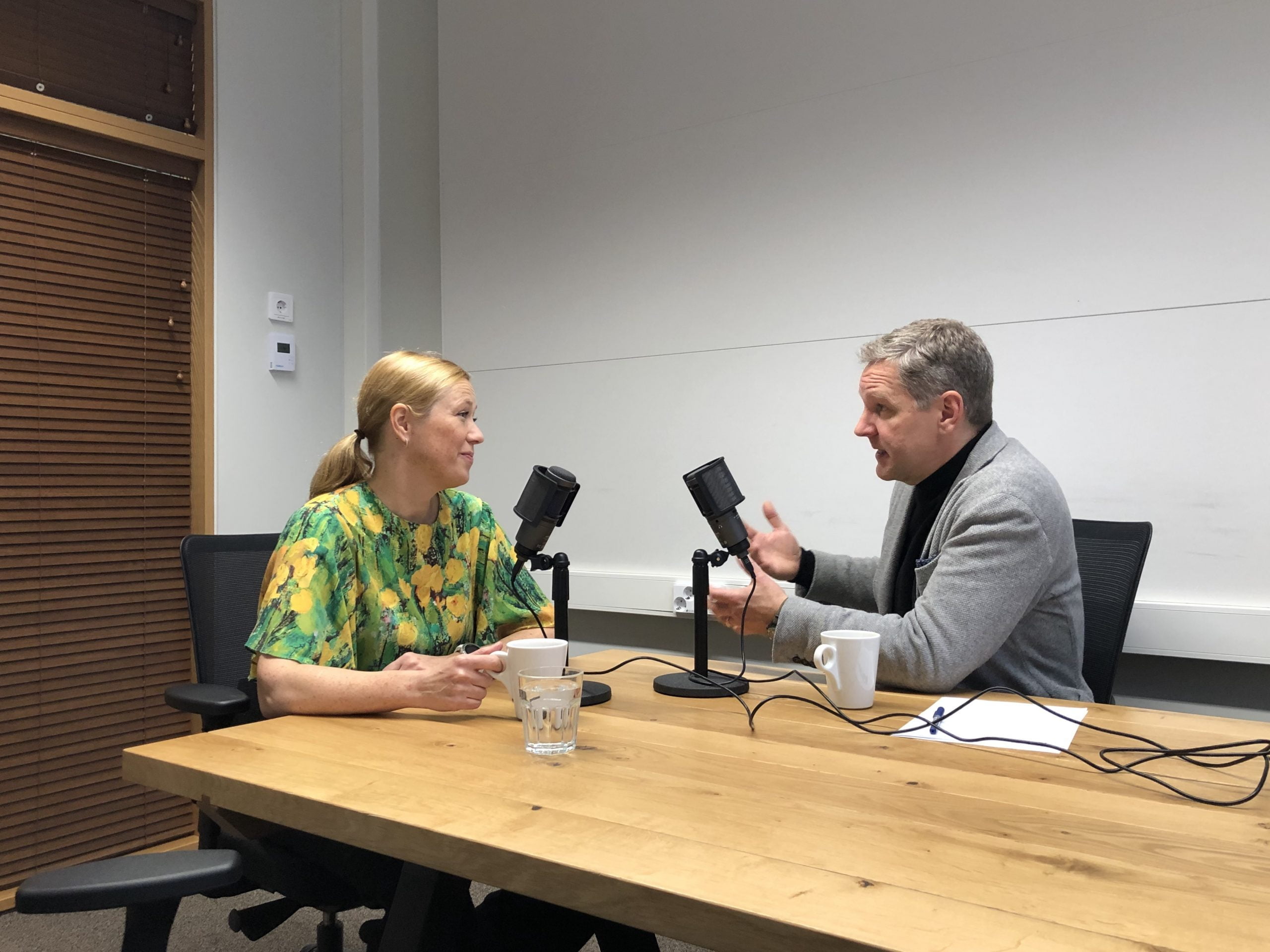What executives should know before approaching big media
I recently interviewed some of the most powerful editors-in-chief in Finland for ProCom’s ProCast Podcast series. The topic of the interviews was spinning, in other words, the manipulative use of facts to impact public opinion. Anyone approaching a respectable news organization, of course, knows that aggressive spinning is a doomed tactic. But most interaction between those who approach the media and those who decide what goes in is a dance in the grey area.
Chief editors and their organizations know well that most people who approach them have agendas, which is not a turn-off. There’s information to be sorted out, maybe even news in those approaches. So, in addition to talking about spinning, we talked a lot about how respectable media organizations should be approached, what works, and what doesn’t.
The interviewees were among the most influential in the Finnish media. They included Editor-in-Chief Arno Ahosniemi from Kauppalehti, the leading business daily, Riikka Räisänen Executive Editor of News and Current Affairs from YLE, the National Broadcasting Company and Kaius Niemi, the Editor-in-Chief of Helsingin Sanomat, the country’s largest daily.
Below I try to sum up the takeaways from those interviews. The choices and the wording are my own:
- Legacy media is confident again. The big media now finds sustainable business models after the digital storm blew away most of their advertising revenue and younger readers. Because most new models focus on subscriptions, editors say their main competitive edge is their journalistic skill. This is how they want to see the world. Treat them with respect.
- Spinning is a dirty tactic. To all three editors, spinning is a dirty word and refers to manipulative tactics like lying, misleading, releasing partial news, and hiding relevant facts. If you get caught using this approach, you insult their professional pride, and they remember you for that. Do not manipulate.
- Having an agenda is perfectly fine. Just do not think that journalists will buy into it. All three editors wanted to signal that they and their organizations understand that people that contact them have agendas. While agendas are understood, they are considered noise. The journalists are willing to listen because somewhere in there might be a signal. Your opinion is rarely a signal; your observation or deed may be.
- News opens doors. Even if news spreads at the speed of light in the digital age, that’s what the journalists (at least in dailies and other news media) live for. If you have a piece of news in your hands, you have leverage. Trying to make an opinion or promotion look like a piece of news is not met with much understanding. Instead, focus on what may be news to other folks.
- Press release seldom works. Some journalists and editors auto-direct press releases to their junk folders. Some try to take a quick look. Very rarely do releases lead to immediate action. But if they are well-crafted, they build brand awareness over time. The press release may still have a place in the communications strategy, but its role has changed.
- Direct contact is the way. The best way to approach a medium is to find the journalist that follows your particular field and contact them directly, news first. Offer exclusivity. It is much better if the boss calls him or herself than having a press officer or a comms pro do it for them. Find the right person and pick up the phone.
- There’s still room for lunches. After the staff cuts and with all those channels to attend to, the journalists are busy as heck. But there’s still room for background meetings, even with chief editors. So if you are playing the long game and have exclusive industry insight, ask a journalist to join you for lunch or arrange a background session. It may work and pay you dividends in the long run.
Jaakko Tapaninen | Great Point Ltd
Check out more blog posts here

